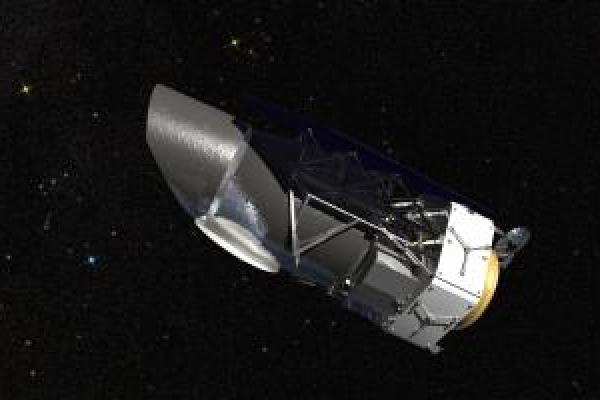
Probing Small Planets at Several AU with Microlensing
Jennifer Yee - CfA
Small, rocky planets at a few AU are noticeably absent from the census of exoplanets taken by radial velocity and transit surveys (e.g. Kepler). Unlike other techniques, microlensing has the unique ability to find such planets and provides a vital component of a complete exoplanet census. Over the next decade, we will see microlensing planet discoveries reach a scale comparable to results from radial velocity and transits. I will discuss microlensing’s potential for revolutionizing our understanding of exoplanets, with a particular focus on the Spitzer microlensing parallax program, the KMTNet project, and the upcoming WFIRST microlensing mission.
Coffee and Donuts served at 3:30 in 4054 McPherson Lab.
